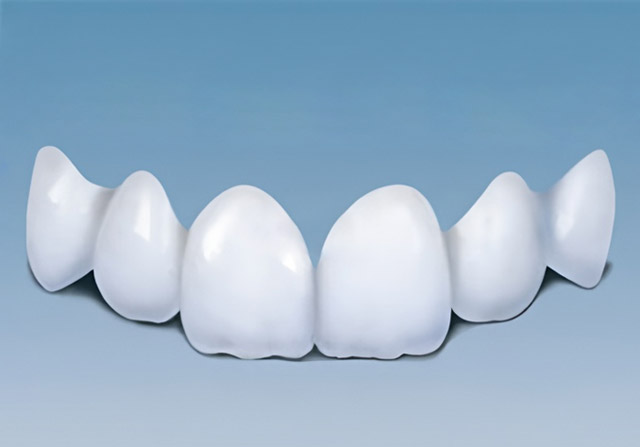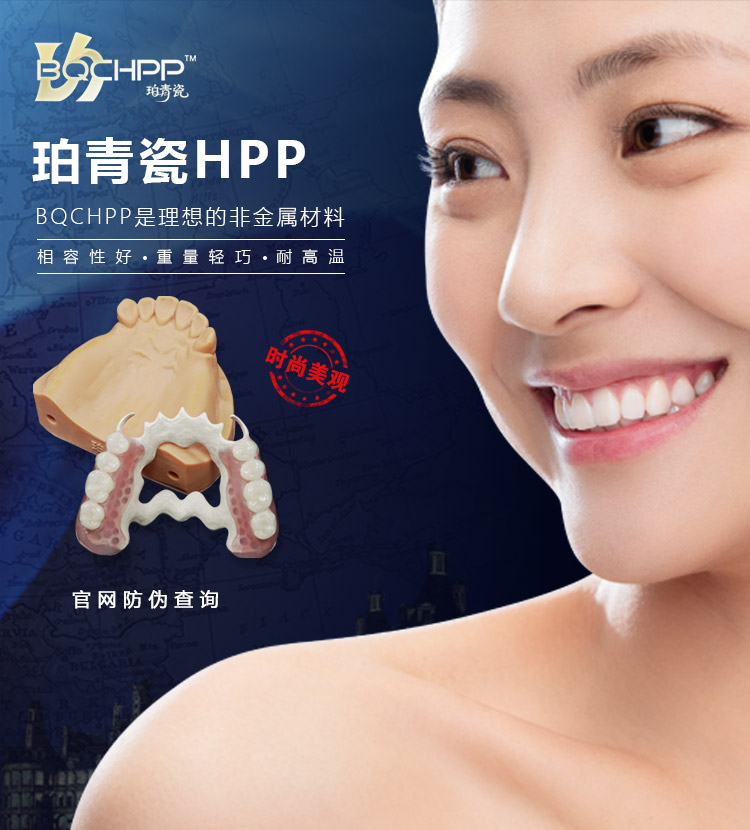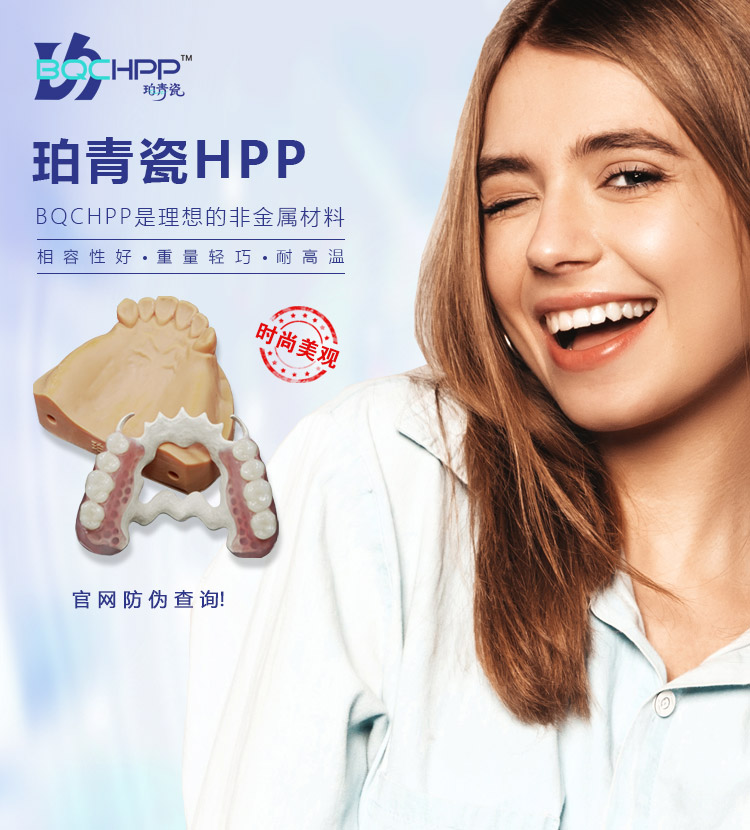Company News Home > Company News
What material is good for porcelain crowns

To choose the right porcelain veneer, it is necessary to know the types and differences of porcelain vene. Porcelain veneers are generally divided into two categories: metal porcelain veneers and all-ceramic veneers. Metal porcelain veneers are divided non-precious and precious, and all-ceramic veneers are divided into cast porcelain veneers and computer all-ceramic veneers. They use materials and have different processing techniques, resulting in different effects. Therefore, the choice of porcelain veneer materials should be targeted. Restoring dental function at an price - Non-precious metal porcelain veneers Non-precious metal porcelain veneers are inexpensive, but they have poor compatibility with tissues, are irritating, can cause allergic reactions and discoloration, and are therefore not recommended for customers to use this material for porcelain veneers. Between non-precious and precious, its biological compatibility is better than non-precious metals, and it is also more durable, which can avoid bleeding gums and black gums. Moreover, it is economical practical, suitable for the repair of most teeth, especially for posterior fixed bridges and other fixed restorations. Treatment of teeth with higher strength and no irritation - Pous metal porcelain veneers The representative of precious metal porcelain veneers is gold alloy porcelain veneers. Gold has been used as a material for filling in China for a long time. It is one of the most ideal restoration materials, with the advantages of titanium alloy, and its strength is higher, without irritation. Moreover the bond between gold and porcelain is very strong, and its compatibility with tissues is better. It will not turn blue where the porcelain veneer contacts the gums. addition, porcelain powder can react with its own color on the surface of gold, making the porcelain veneer more beautiful and fully meeting the requirements of aesthetic restoration. Having *like teeth - All-ceramic veneers All-ceramic veneers are divided into cast porcelain veneers and German computer all-amic veneers. The color of all-ceramic veneers can maintain a natural color under both artificial and natural light, so they have become the favorite of film and * and public figures for dental beauty. All-ceramic veneers are made entirely of porcelain powder, and the color and texture are fully expressed. It has good durability can be preserved in the mouth. It has no metal base, is light in weight, and has a density of only one-fourth of gold, making it more comfortable to. It has a low thermal conductivity, only one seventeenth of gold, which is more conducive to protecting the health of the pulp. Its reflection and scattering of light are to natural teeth, and it has a better aesthetic effect.
Hot newsMore
- [07-07]全口义齿的美学修复特点
- [07-07]Nursing care of
- [09-12]Patient zinc ox
- [09-12]How to judge th







